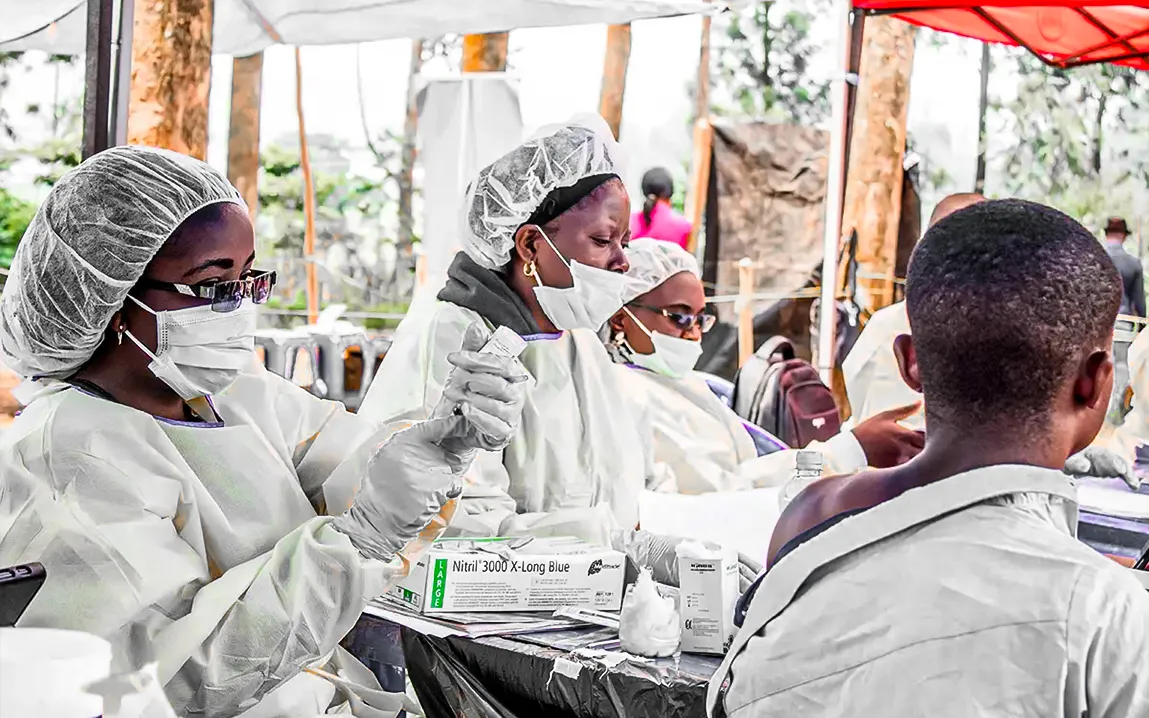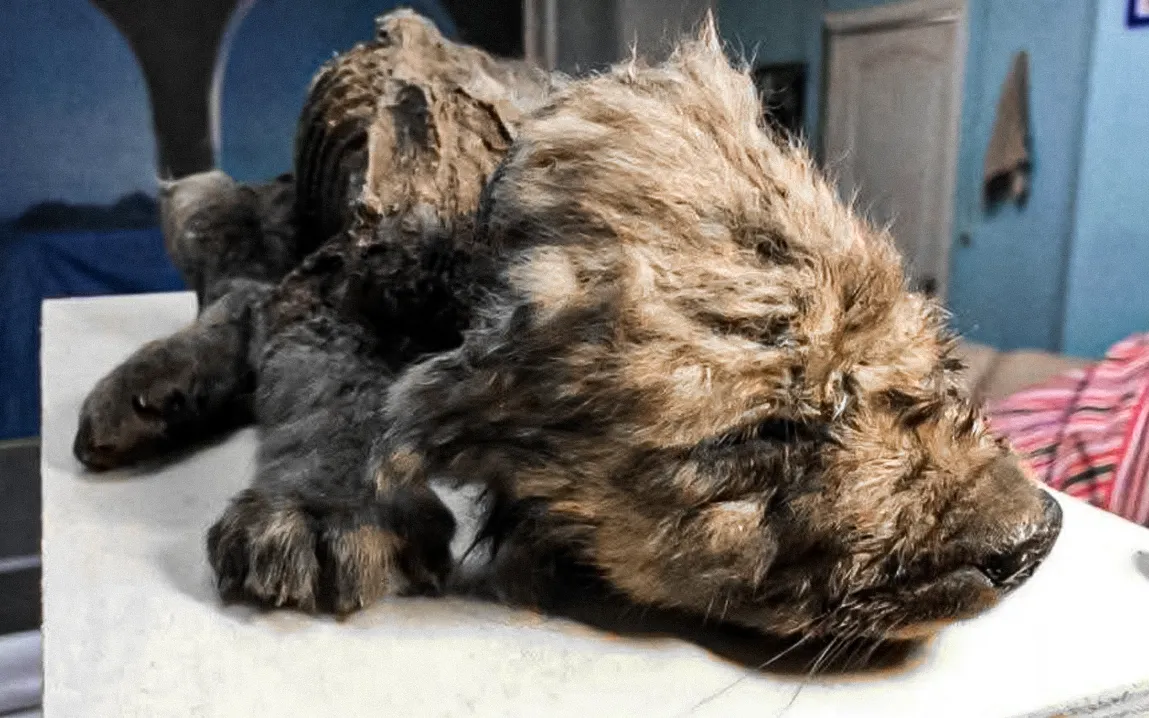Filoviruses are perhaps the most deadly pathogens ever known to science. And even though decades have passed since the Marburg virus was first found in 1967 and the initial Ebola outbreak occurred in 1976, still much of this deadly virus family is not known.
Filoviruses are thought to have crossed from animals to humans, perhaps by hunting and butchering infected wildlife such as fruit bats and forest antelopes. Currently, there are only two vaccines, and both are only against the Ebola virus.
Now, scientists at a U.S. military research institute are trying to find out if one of these vaccines could also protect against other filoviruses. Their study, published inScience Translational Medicine, offers important lessons, even if the results weren’t exactly what they hoped for.
Testing a broader vaccine approach
Scientists at the Walter Reed Army Institute of Research examined closely a two-dose Ebola vaccine designed by Janssen Pharmaceuticals, a Johnson & Johnson subsidiary. The vaccine, branded Zabdeno and Mvabea, employs two distinct virus carriers to introduce pieces of Ebola, Sudan, Marburg, and Tai Forest viruses into the body to instruct the immune system.
The team administered the vaccine to 583 volunteers from Kenya, Mozambique, Nigeria, Tanzania, Uganda, and the United States. Some received the doses in the original order, Zabdeno first, then Mvabea, while others received them in reverse to see if the sequence made a difference.
But when blood samples were tested, researchers found that while the vaccine prompted strong protection against Ebola, it didn’t trigger much defense against other filoviruses.
“These results underscore the vaccine’s potential to provide strong, species-specific protection against [Ebola virus] while highlighting the need for multivalent vaccines that can provide broader coverage for other filoviruses,” said Dr. Thembi Mdluli, lead author of the study and a computational biologist at Walter Reed.
The deadly threat of Marburg and others
Like Ebola, other filovirus family members, Marburg, Sudan, Bundibugyo, and Tai Forest viruses, produce severe hemorrhagic fevers with high death rates. Marburg virus, which was identified after laboratory workers in Germany and Serbia became infected after working with green monkeys from Uganda, has death rates up to 83% to 88% in outbreaks.
“Ebola virus is a negative single-strand RNA virus from the family Filoviridae that causes a virulent hemorrhagic fever, termed Ebola virus disease,” Mdluli explained. Other filoviruses share similar traits and are just as deadly.
Even survivors of Bundibugyo virus outbreaks, whose blood samples were also studied, showed little cross-protection against other filoviruses.
A new antiviral pill brings fresh hope
Meanwhile, in Galveston, Texas, virologists are working on a promising new antiviral pill called obeldesivir. It’s the oral version of the drug remdesivir, originally developed for COVID-19, and early results are encouraging. In tests, it has successfully cured Rhesus macaques infected with Ebola.
“We’re really trying to come up with something that is more practical, easier to use, that could be used to help prevent, control, and contain outbreaks,” said Thomas Geisbert, a virologist at the University of Texas Medical Branch.
A long journey, but progress continues
While filoviruses probably existed for millennia, they were not found in humans until the 20th century. It wasn’t until the disastrous West African Ebola epidemic of 2014 to 2016 that serious vaccine development began. Ervebo, produced by Merck, became the first FDA-approved Ebola vaccine in 2019.
Though Marburg vaccines are currently in process, none have yet been licensed. Research such as that at Walter Reed is invaluable to constructing the know-how necessary to create one vaccine for protection against several filoviruses, a significant breakthrough toward preventing future outbreaks.



